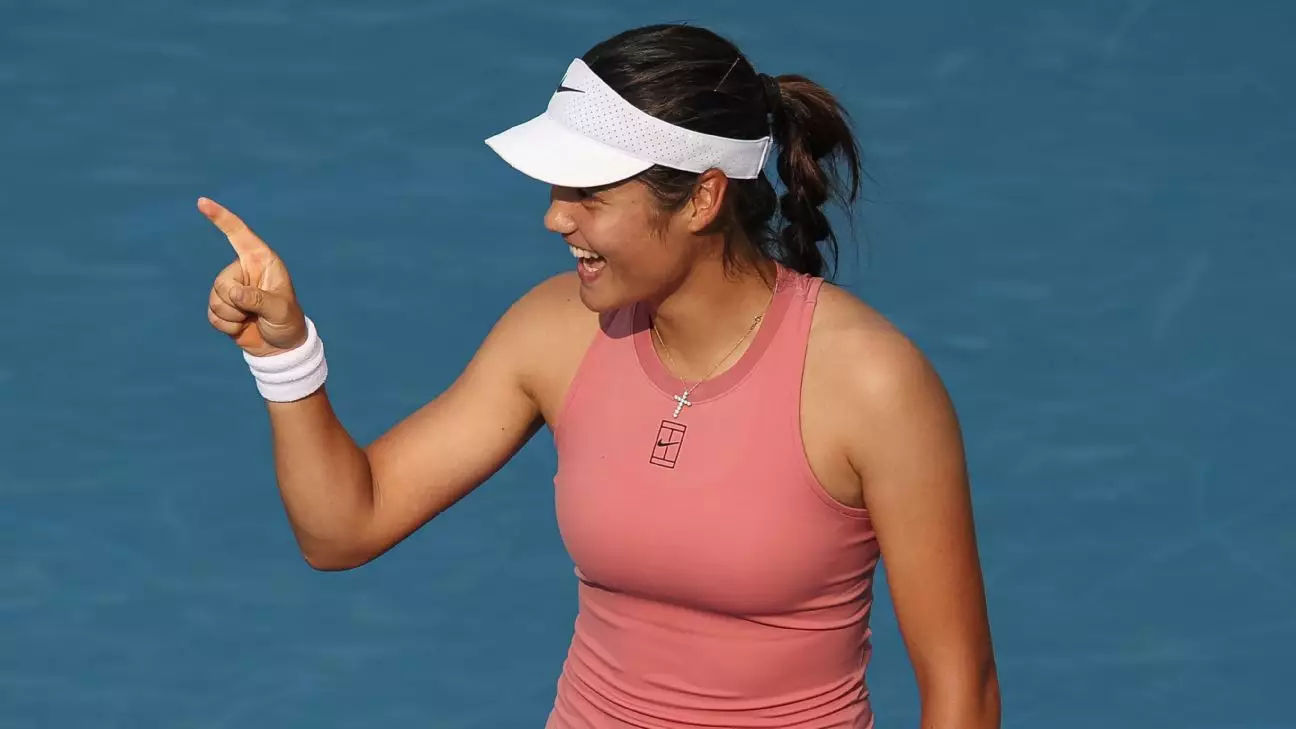Emma Raducanu’s commanding victory over Naomi Osaka at the D.C. Open signals more than just a tournament win; it marks a pivotal moment in her career, highlighting her capacity to seize high-pressure opportunities against top-tier opponents. Unlike many athletes who crumble under expectation, Raducanu demonstrated poise, tactical brilliance, and a fearless attitude. Her confidence was palpable as she navigated the match’s intensity, recognizing the significance of the occasion. For a player ranked 46th, her ability to dismantle a four-time Grand Slam champion with a straightforward yet aggressive style exemplifies the emergence of resilient young talent willing to challenge established stars. This victory raises the question: is there a new generation eager to redefine the hierarchy of women’s tennis? Raducanu’s performance underscores the importance of mental strength and adaptability, qualities often cultivated through hardship and relentless pursuit of excellence.
Technical Mastery and Strategic Insight
Raducanu’s improved serving was perhaps the most compelling aspect of her game against Osaka. Her self-awareness about the importance of serve-initiated points suggests she’s honing a weapon that could make her a formidable opponent for years to come. Her ability to save break points and initiate aggressive play allowed her to dictate terms early in the rally, capitalizing on Osaka’s vulnerabilities—most notably the seven double faults that hampered the Japanese star. Osaka’s struggle to find rhythm from the baseline and her reliance on her power game were evident, but Raducanu’s preparation and mental clarity gave her an edge. This success is not just about having a powerful shot or a solid return but about translating those skills into meaningful advantage under pressure. It’s an insightful reminder that modern tennis is a battle of skill, mental toughness, and strategic execution.
The Changing Landscape of Women’s Tennis
Meanwhile, Osaka’s struggles reveal the ongoing challenge of sustaining top performance amid technical and psychological pressures. Her double faults and cautious approach suggest a player in transition, grappling with expectations and perhaps her own evolving game. Yet, her acknowledgment of maintaining baseline resilience highlights the persistent threat she remains. The broader narrative emerging from this tournament is that tennis is entering a new era where young players like Raducanu are not just contenders—they are potential dethroners. As veterans like Venus Williams make cameo appearances, the spotlight is shifting to a generation eager to make its mark. Raducanu’s confident assertion that she enjoys these high-profile matchups hints at a cultural shift: modern athletes who thrive under scrutiny and see pressure as an opportunity rather than a burden. This evolution signals that tennis’s future could be less about established dominance and more about fresh talent rising through the ranks with a fearless attitude rooted in resilience and innovation.

